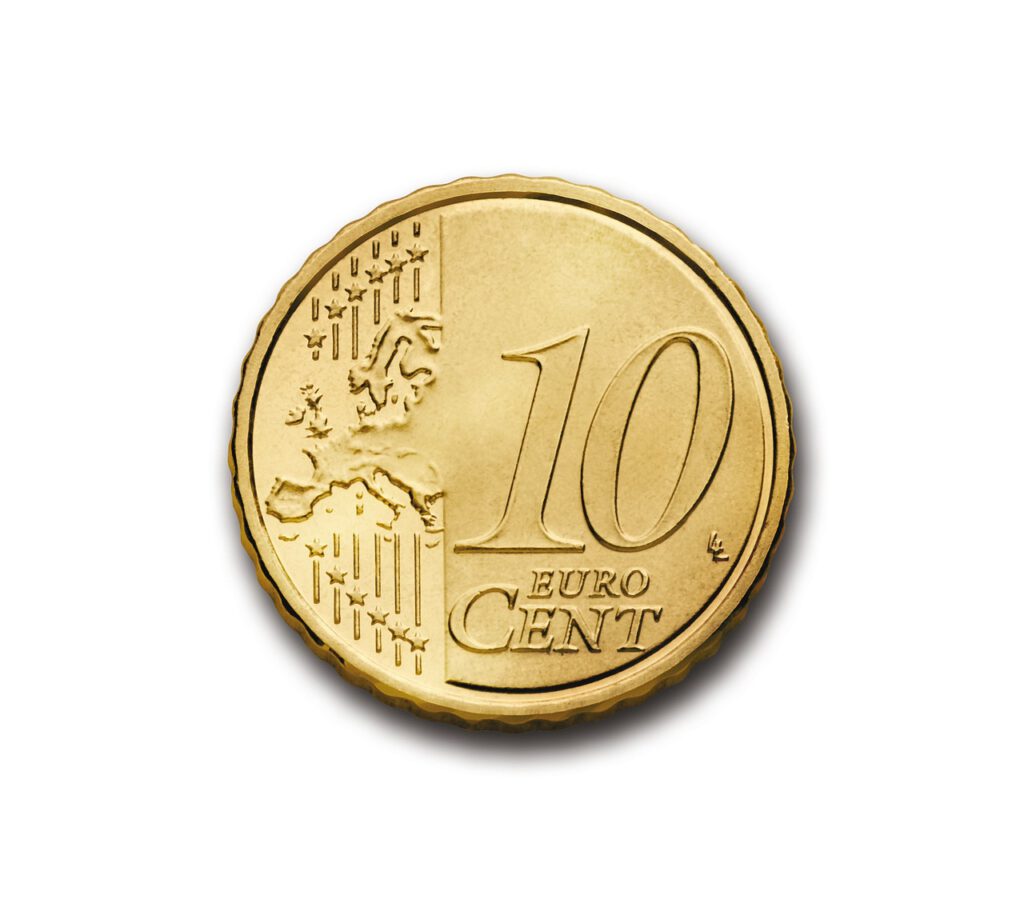Have you ever wondered why the price of your favorite imported chocolate suddenly jumps, even though nothing else seems to have changed? The answer often lies in the hidden world of currency fluctuations. These invisible shifts can feel like a rollercoaster for businesses and consumers alike, sometimes bringing unexpected joy when prices fall and frustration when they soar. The impact runs deeper than most people realize, affecting what we pay for everyday goods, how businesses operate, and even how countries interact. Let’s dive into how these currency ups and downs are shaping the prices of the products we bring in from abroad.
The Basics of Currency Exchange Rates

Currency exchange rates are like the price tags for money. They tell us how much one unit of a currency, such as the US dollar, is worth compared to another, like the euro or the yen. These rates don’t stay still; they move up and down daily, sometimes dramatically. For example, if you needed $1.10 to buy one euro yesterday but suddenly need $1.20 today, the dollar has weakened. That might not sound like much, but for big importers, even a small change can mean paying thousands or millions more for the same goods. When these rates shift, the cost of buying foreign products—everything from electronics to coffee—can rise or fall, and that change often trickles down to the prices we see in stores.
Factors Influencing Currency Fluctuations

A lot of forces push and pull currency values around. Interest rates are a big one; when a country raises its interest rates, it can attract investors looking for better returns, which strengthens the currency. Inflation can have the opposite effect—if prices are rising too fast, the currency might lose value. Political events, such as elections or international conflicts, can spook investors and cause sudden drops or spikes. Sometimes, even a rumor or a tweet can shake up the currency markets. All these factors blend together, making currency values unpredictable and sometimes volatile, which is why import prices can change so rapidly and unexpectedly.
The Impact on Import Prices

When a country’s currency loses value against others, importing goods becomes much more expensive. Imagine an American company buying Japanese electronics. If the dollar weakens against the yen, the company must spend more dollars to get the same amount of yen, raising the cost of those electronics. These higher costs are often passed along to customers, meaning you pay more at checkout. Sometimes, businesses try to absorb the extra expense to keep their customers happy, but that can eat away at their profits. In the end, these shifts affect everyone from big corporations to everyday shoppers.
Case Study: The Euro and US Dollar

The relationship between the euro and the US dollar offers a clear example of how exchange rates can impact import prices. When the euro grows stronger compared to the dollar, American businesses importing European goods—like luxury cars, fashion, or wine—face higher costs. This can mean pricier products on US shelves. On the flip side, if the euro weakens, it becomes cheaper for Americans to buy European goods, and sometimes prices drop. These changes can happen quickly, so importers have to be alert and ready to respond.
Strategies for Businesses to Mitigate Risks

Businesses aren’t powerless against the wild swings of currency markets. Many use financial tools like currency hedging, which lets them lock in an exchange rate for a future purchase. This means they know exactly how much they’ll pay, no matter how the currency moves. Others spread their risk by buying from suppliers in different countries, so a problem in one market doesn’t hurt as much. Some companies even keep a close eye on currency trends, adjusting their pricing and purchasing strategies in real time. These moves can make a huge difference in whether a business thrives or struggles when currencies shift.
The Role of Government Policies

Governments and central banks also play a big part in how currencies move. Central banks might buy or sell their own currency to try and keep its value steady. They can also set interest rates to influence the economy, which often affects the currency’s strength. Sometimes, governments introduce trade policies—like new tariffs or trade agreements—that impact currency values and, by extension, import prices. These actions can help smooth out some of the bumps in the road, but they can also add new twists and turns that businesses and consumers have to navigate.
Consumer Behavior and Import Prices

When import prices climb because of currency changes, shoppers start to notice. People may look for cheaper alternatives, switching from imported goods to local products or searching for deals from different countries. This shift can affect entire industries, forcing businesses to adapt quickly or risk losing customers. On the other hand, when import prices drop, consumers sometimes splurge on foreign-made goods, boosting demand and shaping what stores choose to stock. These changes in behavior ripple through the marketplace, showing just how closely our buying habits are tied to the value of money.
Why Small Businesses Feel It More

Small businesses often feel the sting of currency fluctuations more sharply than large corporations. Big companies might have financial experts and resources to protect themselves, but smaller firms usually don’t. If a café imports specialty coffee beans and the currency suddenly drops, their costs can skyrocket overnight. Without the ability to hedge or spread their risk, some small businesses have to raise prices or cut costs elsewhere just to survive. This reality highlights how the effects of currency shifts aren’t just about numbers—they’re about people’s jobs, dreams, and livelihoods.
Everyday Examples: How It Hits Your Wallet

You don’t need to run a company to feel the effects of currency fluctuations. If you love imported cheese, drive a foreign-made car, or use a smartphone made overseas, you’re already part of this global story. A dip in your home currency can make your groceries, gadgets, or gas more expensive. Sometimes, you’ll notice it right away, and other times the impact is more subtle. But over time, these changes add up, influencing what you can afford and how you spend your money.
Looking Ahead: Staying Prepared for Future Changes

The world of currency is always changing, and so are import prices. Businesses need to stay flexible, watching markets closely and being ready to adapt. Consumers, too, can benefit from understanding why prices move the way they do—knowledge is power, even at the checkout counter. By staying informed and asking questions, everyone can make smarter choices, whether they’re running a company or just shopping for dinner.
Visuals and Resources

Including clear visuals can help make sense of these complex topics. Imagine a graph showing the rollercoaster path of the US dollar against the euro over the years, highlighting how import prices changed alongside it. Charts can illustrate how a weaker currency leads to higher costs for imported goods, while infographics can summarize the main points: what causes currency moves, how businesses respond, and what it all means for you. These images bring the story to life, making it easier to see the real-world impact of currency fluctuations on everything we buy.




